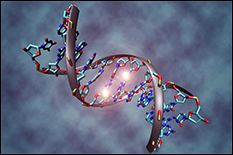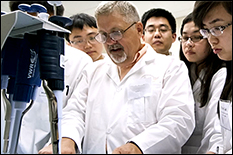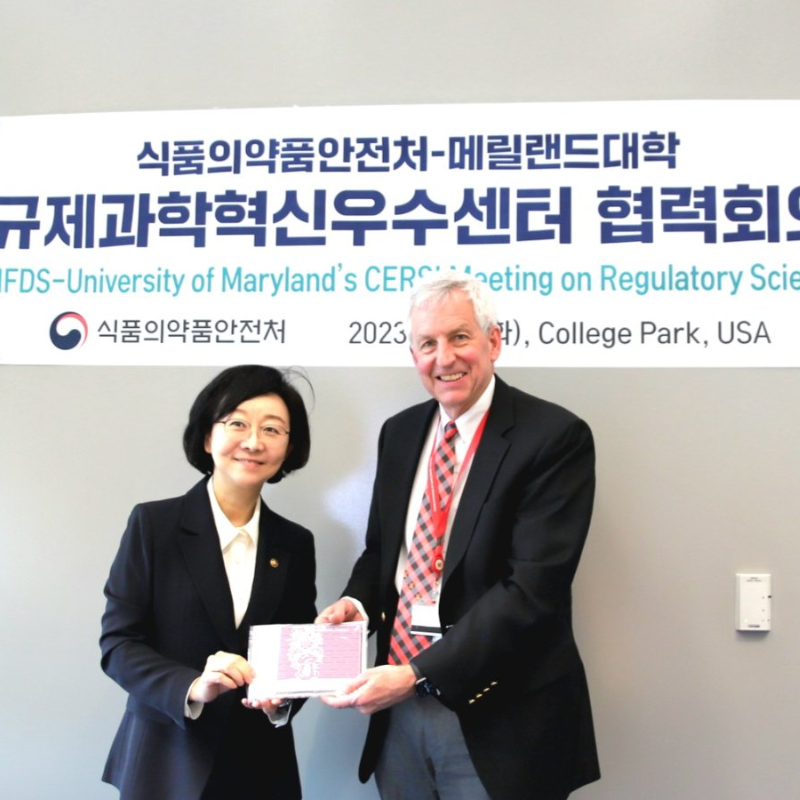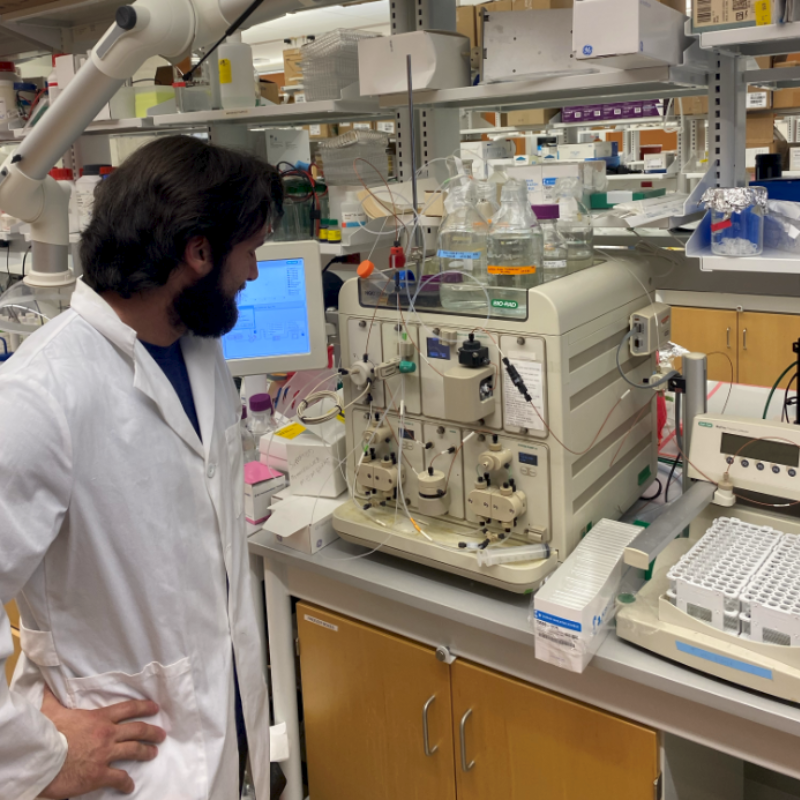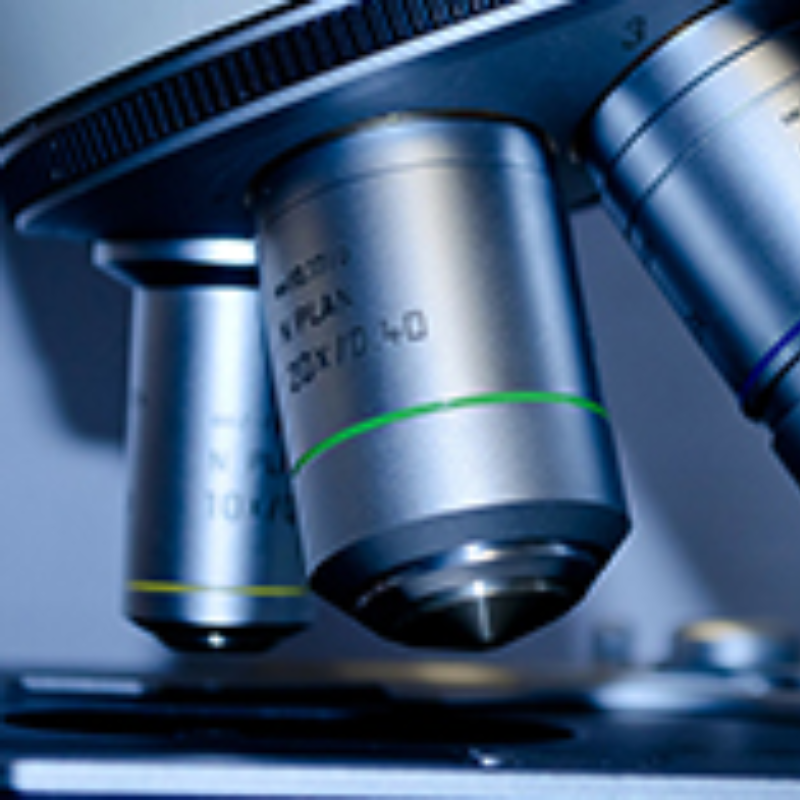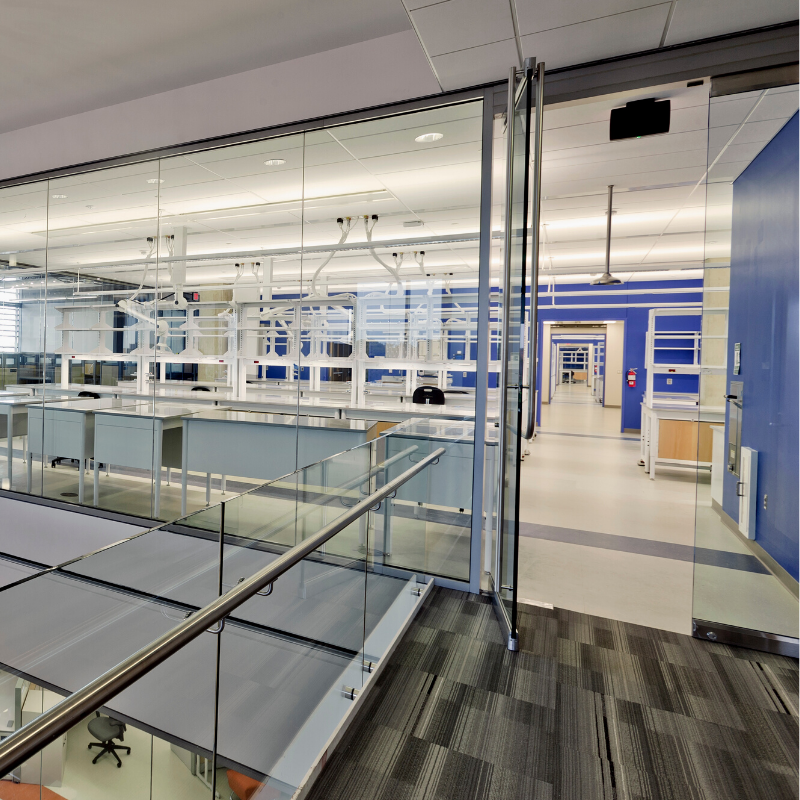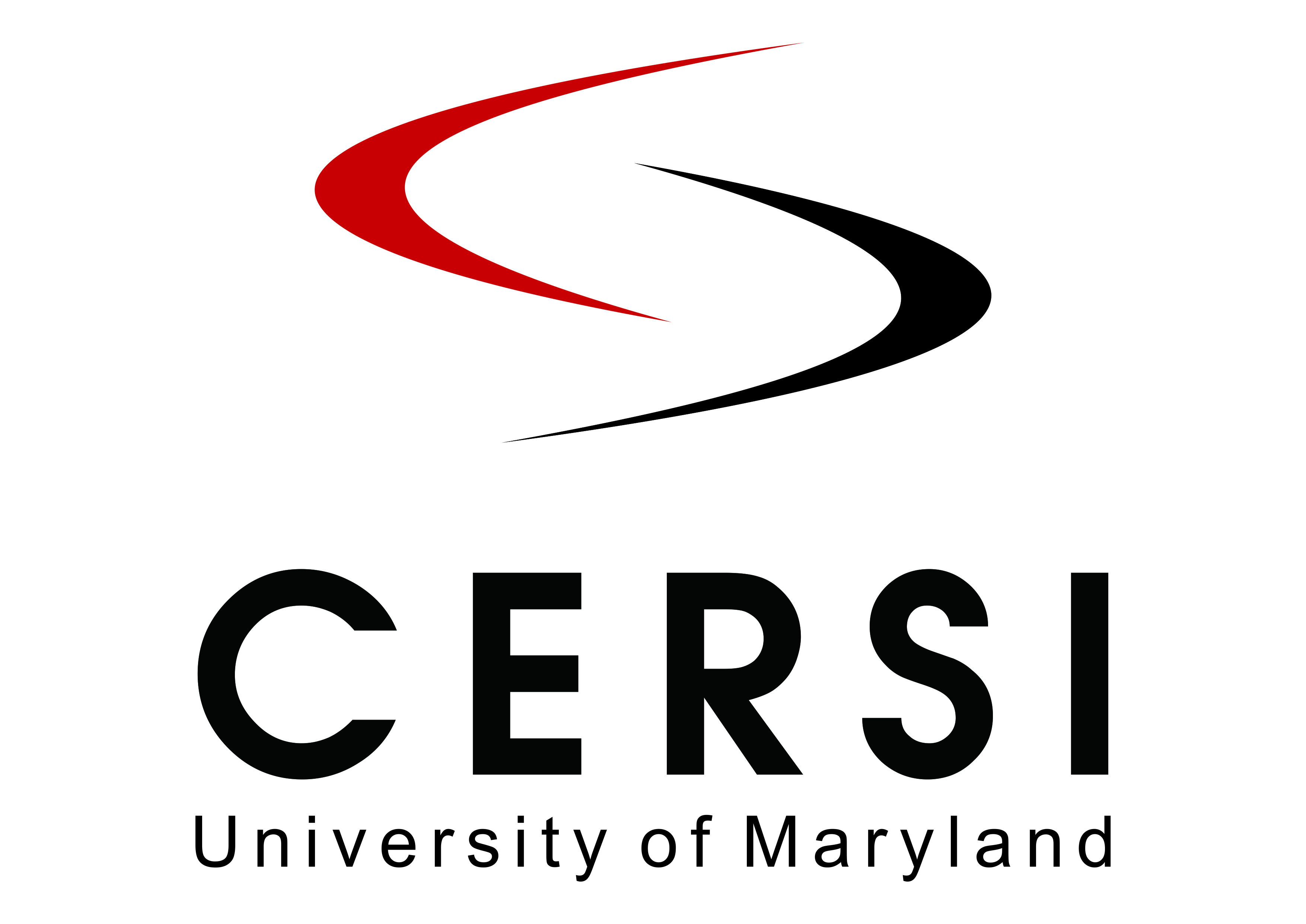News Story
Pediatric Device, RT-PCR for Clinical Diagnostics Take 1st Place in UMD Capstone Competition
Demonstrating the myriad ways in which bioengineers are transforming human health innovation, the Fischell Department of Bioengineering (BioE) 2016 Senior Capstone class exhibited a total of 20 novel concepts during the Capstone II finale on May 11, 2016.
This year, two teams tied for first place: the first of which presented an affordable RT-PCR for clinical diagnostics in underserved communities, and the second of which developed a fear mitigation device for pediatric MRI.
Affordable RT-PCR for Clinical Diagnostics in Underserved Communities
Arjun Adapa, Niutish Bastani, Aditya Biswas, Matthew Le, and Rosan Shah
Advisors: Dr. Kristie Johnson (University of Maryland Medical Center), Dr. Natella Rakhmanina (Children’s National Medical Center), and Dr. Yang Tao (Professor, BioE)

Polymerase chain reaction (PCR) is a process by which nucleic acid becomes amplified via repetitive heating and cooling cycles. Using primers, free nucleotides, and temperature cycling, it enables small nucleic acid fragments to become amplified by a factor of hundreds of millions. PCR for the detection of specific DNA or RNA sequences is used for clinical diagnosis of several diseases. Currently, the cost - which ranges from a few thousand to tens of thousands of U.S. dollars - and power requirements for the average PCR machines on the market render their use unfeasible in clinically underserved areas and developing countries, where PCR is often necessary for making diagnoses.
HIV positive breastfeeding mothers in rural sites, for example, rely on PCR-enabled testing of infants to detect elevated HIV titers. For infants, it is not possible to use antibody tests when trying to make an HIV diagnosis, as infants carry their mother's’ antibodies for several months. This test, therefore, would not be accurate. The only way to make a diagnosis for those exposed to maternal HIV in utero is to perform PCR on collected blood samples.
For these and additional reasons, a portable PCR machine can provide a method of obtaining fast results. As such, Group 5's project aimed to bring the clinical uses of PCR to an accessible level for underserved patients in these communities. By using a positive temperature coefficient (PTC) heating element, temperature sensor, and camera module, Group 5 designed and developed a cheap and effective thermal cycler. This device is smaller, more portable, and much cheaper than existing PCR machines. In order to reduce the technical expertise required to function in such settings, where refrigeration and transportation of samples to laboratories are also challenges, Group 5 aimed to implement real-time amplification measurement capabilities, allowing the device to function as a temporary point-of-care diagnostic device.
Fear Mitigation Device for Pediatric MRI
Patricia Barton, Divya Jain, Dakota Katz, Kenneth Ke, and Kyle King
Advisors: Dr. Andrew Matisoff (Children's National Health System), Dr. Ian White (Associate Professor, BioE), Dr. Monifa Vaughn-Cooke (Assistant Professor, Department of Mechanical Engineering), Dr. Giuliano Scarcelli (Assistant Professor, BioE)

Magnetic resonance imaging (MRI) is a painless bioimaging modality that utilizes large magnetic fields and radio pulses in order to visualize structures within the human body. However, MRI machines are daunting, large, make loud sounds, and can be extremely distressing to patients, especially children. A large subset of pediatric patients have to be sedated in order to endure this noninvasive procedure. Recognizing this, Group 15 developed a trimodal, immersive, fear mitigating device that combines a mobile device application with a stereoscopic static image and a projector mirror system. This device will effectively navigate a pediatric patient from hallway to hallway through the MRI machine and eliminate the need for sedation.
The 2016 Capstone Design Competition marked the biggest yet, as 98 students pitched their products to a panel of esteemed judges, as well as to BioE faculty and fellow students. Created and sponsored by Mrs. Susan Fischell, wife of A. James Clark School benefactor Dr. Robert E. Fischell, the Capstone Design Competition has been a marquee event, capping off the end of the academic year.
This year's panel of judges included:
- Dr. Patricia Beaston, Food and Drug Administration
- Dr. William Bentley, Founding Chair, Fischell Department of Bioengineering; Director, Robert E. Fischell Institute for Biomedical Devices
- Dr. Dean Chang, Associate Vice President of Innovation and Entrepreneurship, Academy for Innovation and Entrepreneurship, University of Maryland
- Dr. Kevin Cleary, Technical Director, Bioengineering Initiative, Children's National Health System
- Dr. John Karanian, Director of the Cardiovascular Therapeutics Lab at the Food and Drug Administration’s Center for Devices and Radiological Health
- Mr. Brian Lipford, Vice President of Operations, QA Manager, Key Tech
- Dr. Jafar Vossoughi, President, Biomed Research Foundation, and Adjunct Professor, University of Maryland
- The Bioengineering Graduate Student Society members
Published June 15, 2016

